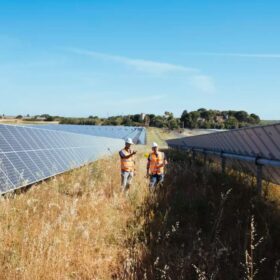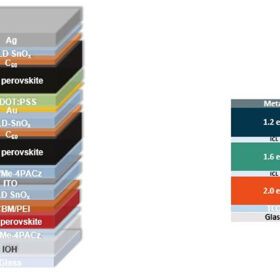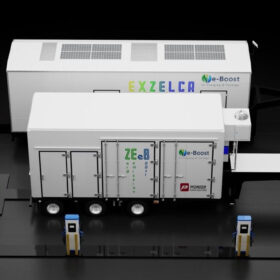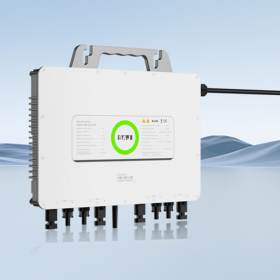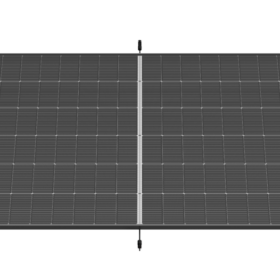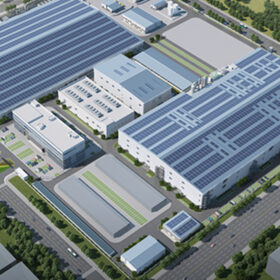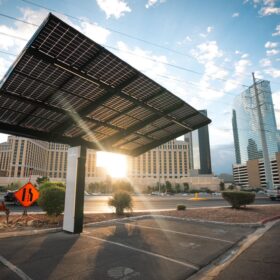Thermoacoustic refrigerator-heat pump with direct-coupling configuration
Researchers in China have designed a heat-driven thermoacoustic refrigerator/heat pump for room refrigeration. They said the system is easily combinable with PV energy and its coefficient of performance can reach up to 1.69.
Rio Tinto signs long-term PPA for 1.1 GW Australian solar plant
Resources giant Rio Tinto has signed Australia’s largest corporate power purchase agreement (PPA) to date. It has agreed to buy 100% of the output from European Energy Australia’s 1.1 GW Upper Calliope Solar Farm to provide renewable power to its aluminum operations in the state of Queensland.
All-perovskite triple-junction solar cell achieves 25.1% efficiency via new passivation technique
An international research team built the triple-junction device with dual bulk and interface passivation technique aimed at promoting halide homogeneity at the interface between the perovskite absorber and the hole-transport-layer. The 0.049 cm2 cell achieved a remarkable open-circuit voltage of 3.33 V and was also able to retain 80% of its initial efficiency after 200 h of continuous maximum power point tracking.
Pioneer Power Solutions unveils mobile off-grid EV charging trailer
Pioneer Power Solutions has announced a new lithium battery trailer for electric-vehicle charging and disaster recovery.
SAJ launches new microinverters with 4 MPPT channels
SAJ’s new M2 microinverters support PV panels ranging in size from 400 W to 700 W. They have a maximum output of 2,250 VA, with four maximum power point tracking (MPPT) channels. The company claims a peak efficiency of 97%.
Trina Solar presents bifacial dual-glass TOPCon solar modules for rooftop PV
The Chinese manufacturer said its new TSM-NEG9RC.27 and TSM-NEG18R.28 combine n-type technology with 210mm rectangular silicon wafer (210R) cell technology. Their temperature coefficient is -0.29% per C and their efficiency can reach up to 22.3% and 22.7%, respectively.
The Hydrogen Stream: H2 Green Steel gets $7 billion for production in Sweden
H2 Green Steel has secured funds to produce green steel in Sweden, while ZeroAvia has locked down support to develop a mobile liquid hydrogen (LH2) refueling truck for heavy-duty applications.
Chinese PV Industry Brief: Huasun opens 3.6 GW heterojunction panel plant
Huasun, a Chinese heterojunction module specialist, says it has invested CNY 5.4 billion ($761.2 million) in its new new 3.6 GW solar factory.
Hyundai acquires stake in German PV recyling specialist Flaxres
Flaxres says it will leverage Hyundai’s capabilities to expand its business outside of Germany. The company has developed a solar module recycling technology that is based on short-term high-temperature heating using flash lamps.
Solar canopies as a central pillar of IRA-driven energy transition
With so much of the space in United States cities allocated for parking, the dual pronged approach of the Inflation Reduction Act (IRA) – production tax credits to drive investment in domestic manufacturing and investment tax credits to attract consumer-side investment – means solar canopies can make a huge contribution to the net zero drive.

